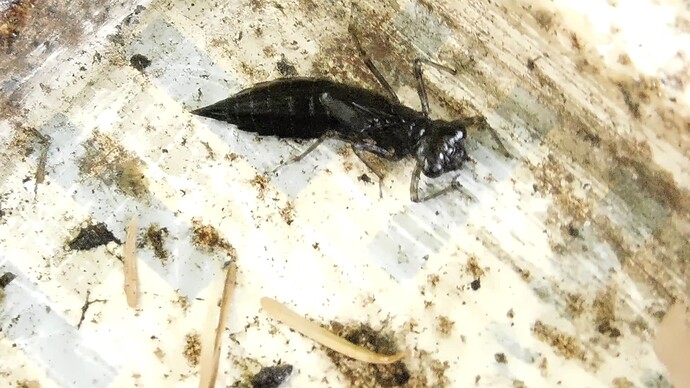Not really my thing, I first heard of it a couple of years ago when a Norwegian TV channel showed live coverage of a log fire burning, all night. Apparently It went viral, as they say. I didn’t see it but I did watch another one set in Lappland, following the reindeer in their annual migration.
Closer to home, Radio 4 on Sunday mornings has a short ‘slow radio’ section in the Broadcasting House magazine programme.
As I said, not really my thing, but in the last few days in trying to capture video of ‘my’ Couleuvre in the swimming pond, partly that and trying to escape from our planet’s obvious spinning out of control towards the sun, I set myself up with chair (already there) camera, tripod, Kindle, bifocal specs (in order to see across the pond and also the aiming screen as well ) and a cool drink, to await the the visit.
Now, if you have seen my friend’s video in the Wildlife in the Garden thread you will know that it is only one and a half minutes long. I sat there, perfectly relaxed and cool for the best part of 2 hours to get that action, but every now and then glanced up from my reading to watch something completely different. The otherwise placid pond’s surface is never really still. I became fascinated by the constant movement. Are these circles caused by minute partlcles falling, insects doing the same or something from the deep? Certainly a few are newts grabbing a quick air gulp, but not all
So here is the result. My title an homage to one of my favourite TV comedies, currently re-run on BBC 4, Ever Decreasing Circles.
It might bore you, it might make you switch off, but it might just bring a very brief period of soothing relaxation to your life. 
Once again, full screen is best. 



 But I agree that the most likely cause is decaying matter on the bottom. Still nice and peaceful to watch in the cool though, whatever the reason.
But I agree that the most likely cause is decaying matter on the bottom. Still nice and peaceful to watch in the cool though, whatever the reason. 
